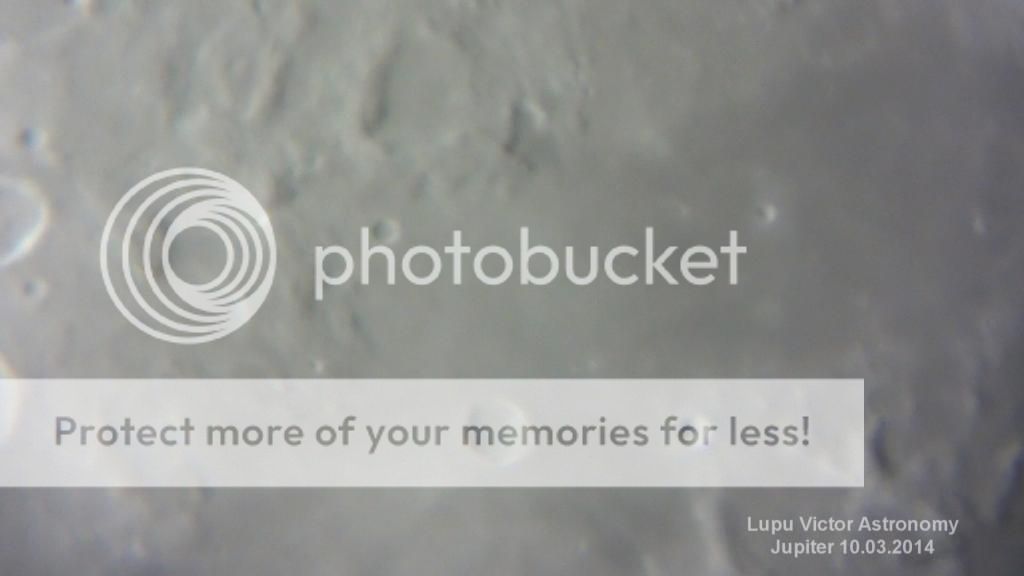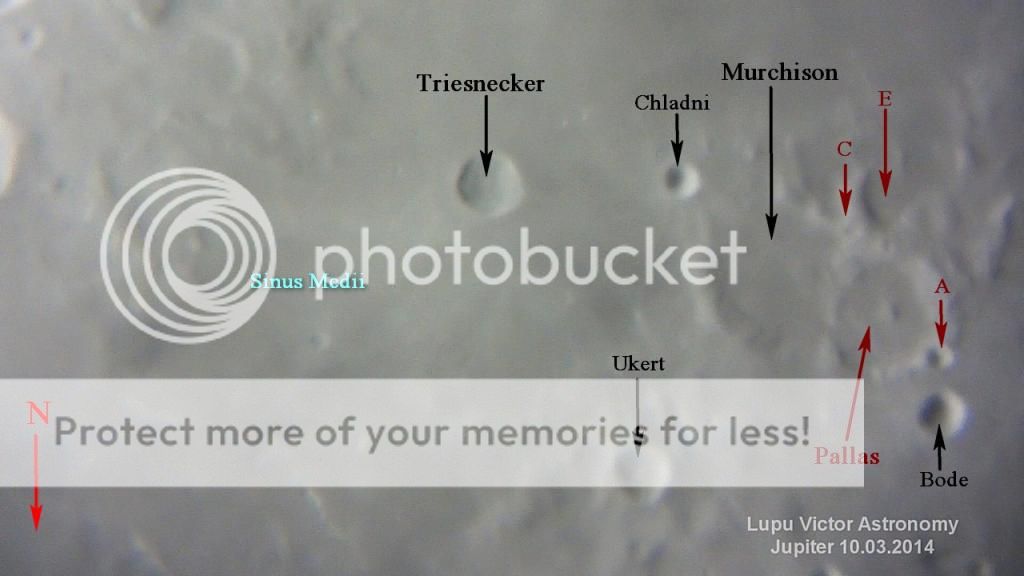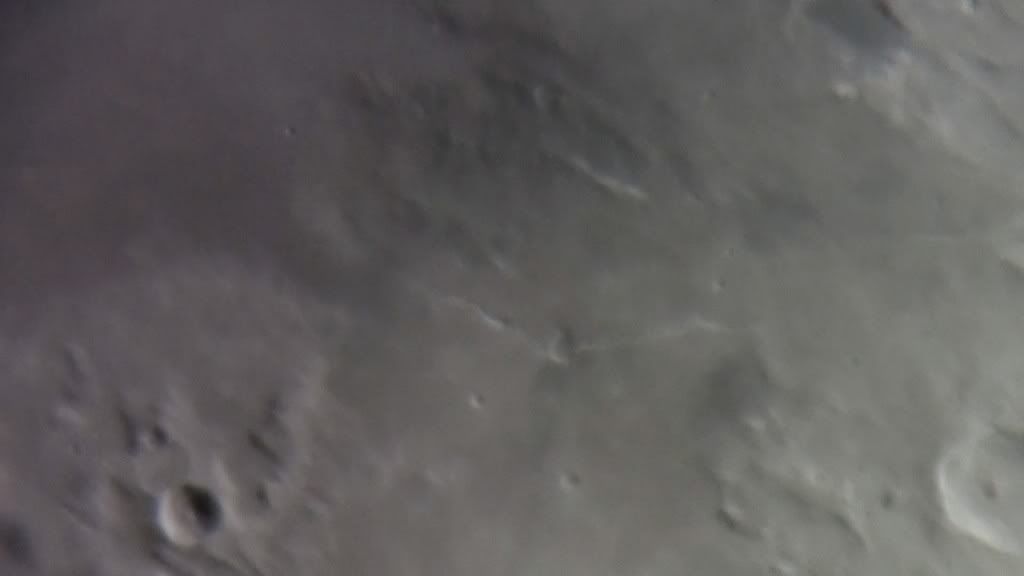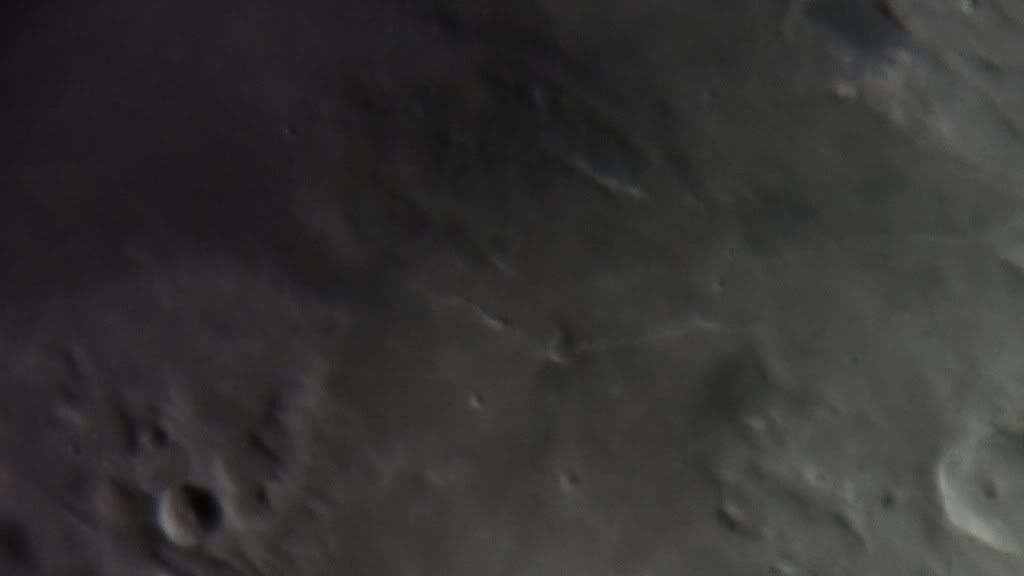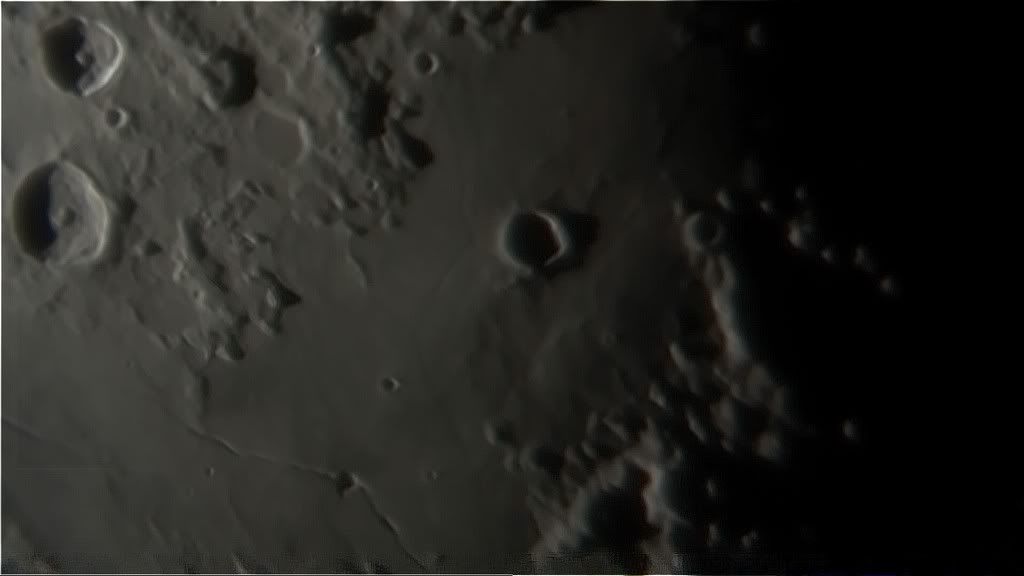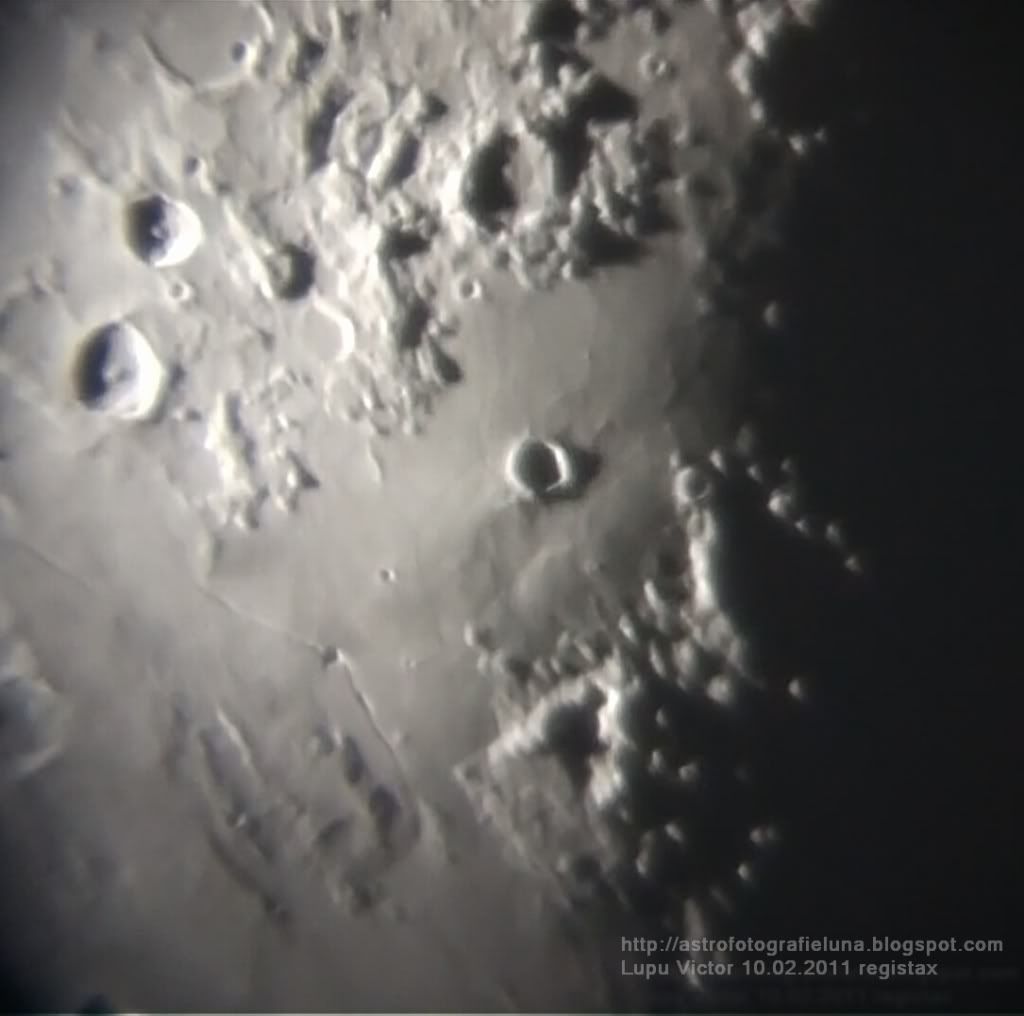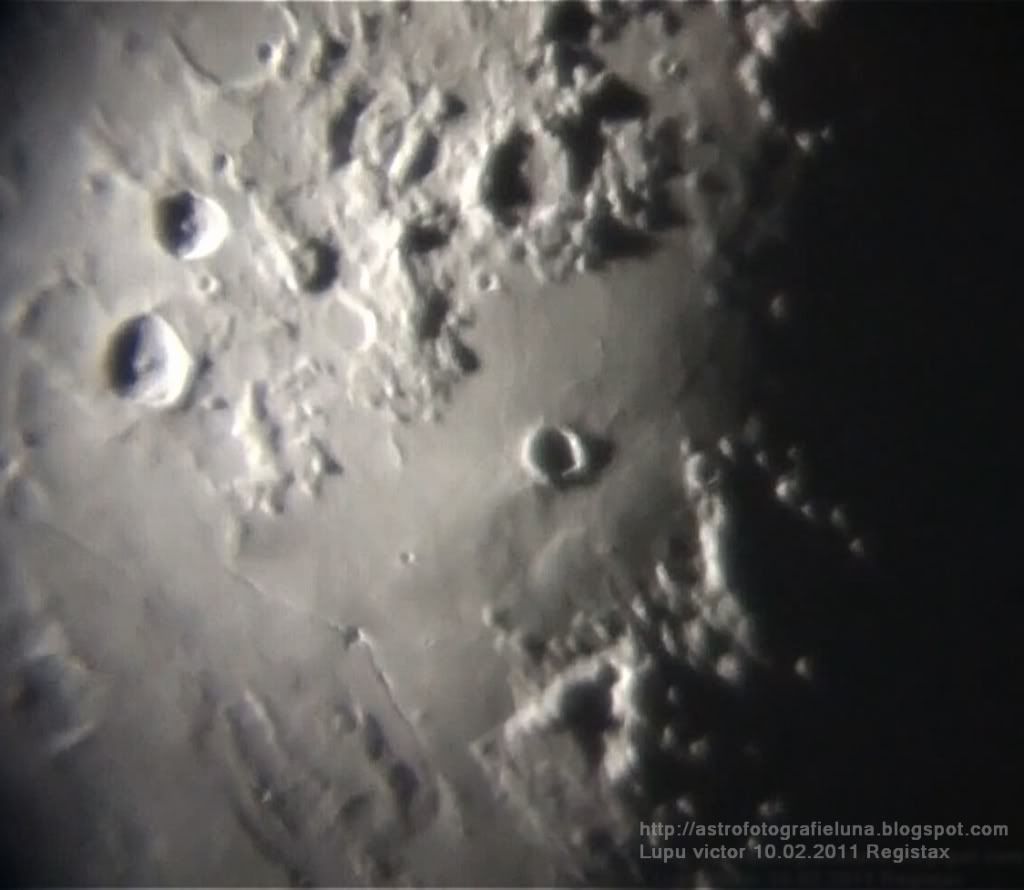I always saw interesting to observe this area as there are some impressive features, namely grooves which are situated on Sinus Medii, the central area of the disk of the moon. Hyginus crater (11 km) seems to be the source of these ditches called Rima Hyginus. They have a length of 220 km from end to the end. There are other ditches as Rima Triesnecker and Rima Ariadaeus. Hyginus crater, is very small and has a depth of 800 m.
Rima Triesnecker can not be seen clearly because of low brightness, since this area is just beginning turn bright. Terminator leaves no crater to be seen. Triesnecker (26 km) is not seen entirety but only a little from the eastern edge, the same as crater Rhaeticus (43x49 km). Between Triesnecker and Hyginus yet is observed a small crater, Triesnecker N.
Magnitude: -10.82
Phase: 0.46
Distance: 399.283 km
Illuminated: 45.6% (0% = New, 100% = Full)
Astronomical instrument: Celestron C8-Newtonian telescope,
Eyepiece: Plossl 20mm, 2x Barlow
Mount: CG5 (EQ5)
Camera: Sony CX130
Filter: no
Date: 30.01.2012
Location: Baia Mare, Romania
Processing: FastStone Image Viewer
In the picture below are labeled craters and other lunar features in the region. To better understand this photo, you should note that the label with the name or the letter of larger craters could be found at their center, and on the small craters, you should find them around them, usually above.
Rima Triesnecker can not be seen clearly because of low brightness, since this area is just beginning turn bright. Terminator leaves no crater to be seen. Triesnecker (26 km) is not seen entirety but only a little from the eastern edge, the same as crater Rhaeticus (43x49 km). Between Triesnecker and Hyginus yet is observed a small crater, Triesnecker N.
Magnitude: -10.82
Phase: 0.46
Distance: 399.283 km
Illuminated: 45.6% (0% = New, 100% = Full)
Astronomical instrument: Celestron C8-Newtonian telescope,
Eyepiece: Plossl 20mm, 2x Barlow
Mount: CG5 (EQ5)
Camera: Sony CX130
Filter: no
Date: 30.01.2012
Location: Baia Mare, Romania
Processing: FastStone Image Viewer
In the picture below are labeled craters and other lunar features in the region. To better understand this photo, you should note that the label with the name or the letter of larger craters could be found at their center, and on the small craters, you should find them around them, usually above.








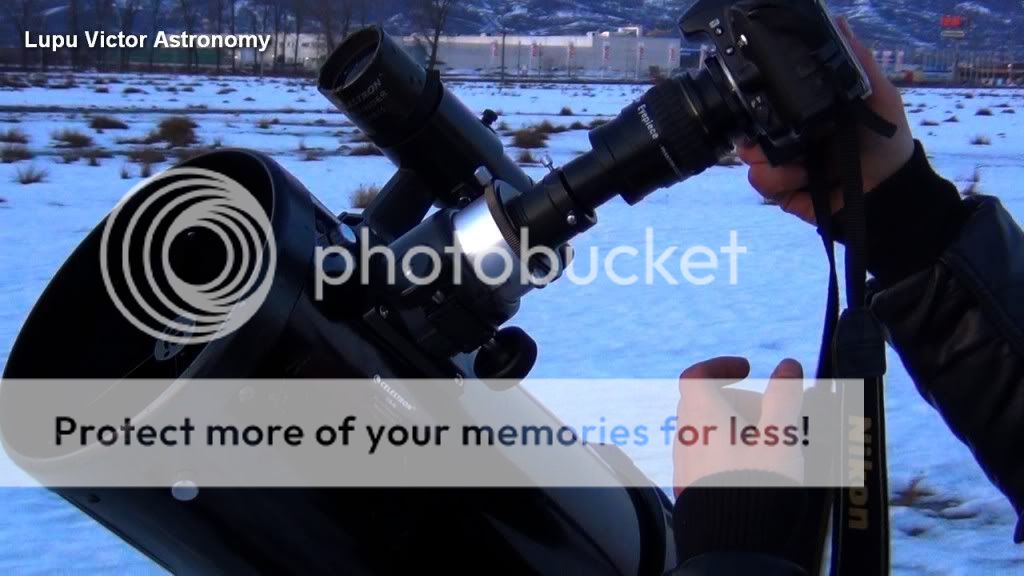

 Saturday, March 05, 2016
Saturday, March 05, 2016
 Unknown
Unknown











